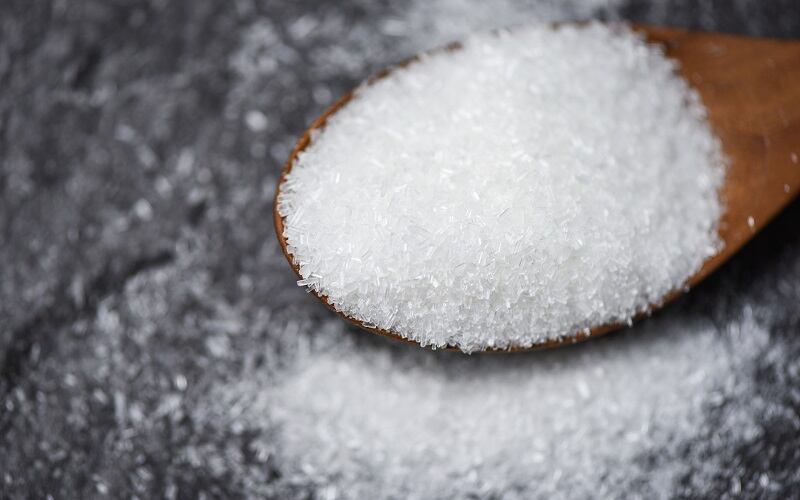Mintel research found 75% of the global social media conversation on MSG were positive. This research also tracks data from Ajinomoto Health & Nutrition North America, a subsidiary of Ajinomoto Co., which supplies ingredients including MSG. The research shows that “Gen Z and millennials are much more open to MSG, [and] they don't harbor those negative views quite like Boomers than the Greatest Generation do,” Tia Rains, VP customer engagement & strategic development for Ajinomoto and nutritionist, told FoodNavigator-USA.
“For what's probably one of the most vilified food ingredients in history to have that sort of a shift in the conversation online is pretty pivotal to just exonerating this ingredient.”
Combating misinformation in the food, beverage industry
Though the FDA deems MSG as generally recognized as safe (GRAS), its perception in the US is linked to research "not grounded in science" and "xenophobia," Rains said.
The food additive was first called into question in 1968 with a letter to the editor of the New England Journal of Medicine with the heading “Chinese-Restaurant Syndrome,” Rains said. The letter's author recounted his experience eating Chinese food and then experiencing several symptoms like numbness and heart palpitations, positing that MSG, the cooking wine, or the salt content of the food could be a part of what's contributing to the symptom.
From there, "it was very easy to put a finger against MSG being the culprit because it sounded so foreign," and “xenophobia … is what kind of cemented this negativity towards MSG,” Rains said. Other studies served to prop up the claims with scientists “injecting really large doses [of MSG] directly into rats’ and mice’ brains and abdomens … to produce some sort of ill effect in a laboratory setting,” she said.
While these studies have been discredited, MSG still has yet to shake off its negative perception, Rains said. “We're certainly within the middle of the journey, not at the end of the journey with MSG,” she added.
To finish the journey with MSG and other maligned food and beverage ingredients, influencers and food educators need to focus on “being creative and using some form of storytelling” while backing them up with facts, she added.
“You have to have the facts; the science needs to exist. But you just can't lead with science and scientific facts because people don't want to hear that," Rains said.
MSG for plant-based, sweet applications
As consumer perceptions change on the ingredient, CPG brands are using MSG in a wide range of product applications from savory to sweets, Rains said. Currently, the food additive is in sauces, dressings, savory snacks, mixed meals, and other categories, and Ajinomoto has explored MSG's potential in plant-based products and desserts.
Whether it’s topping vegetables or complimenting a plant-based burger, “MSG goes really well because often those foods are lacking in that savoriness,” Rains said. “A small amount of MSG can really improve the overall flavor and help balance out some of the other flavors that come with those types of foods,” she added.
Ajinomoto has also tested putting MSG in sweet applications like ice cream, chocolate sauces, and a crème brulée, Rains said. MSG “adds an interesting dimension to the sweet product in a way that is surprising and seems to differ depending on what that particular application is,” she added.
Finally delivering on sodium reduction
MSG also can help reduce the amount of sodium in foods and beverages, Rains said.
MSG is “a very effective way to reduce sodium in different food products, somewhere on the order of 20% to 50% reduction in sodium,” she added. Rains hopes more product developers will use the food ingredient “to drive down sodium in a variety of different products.”


